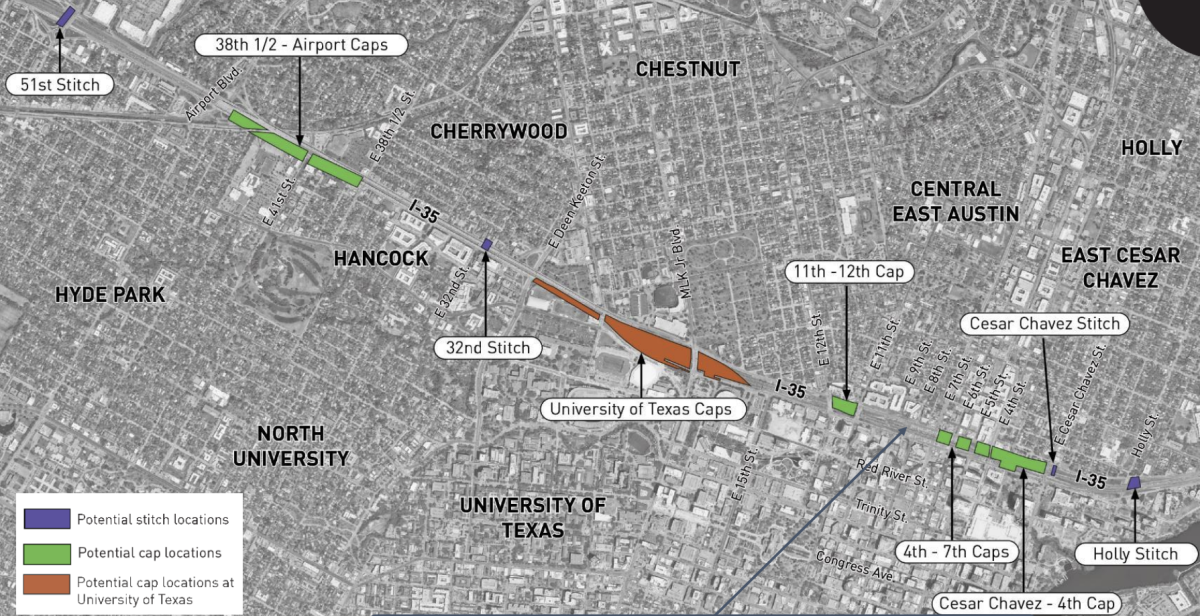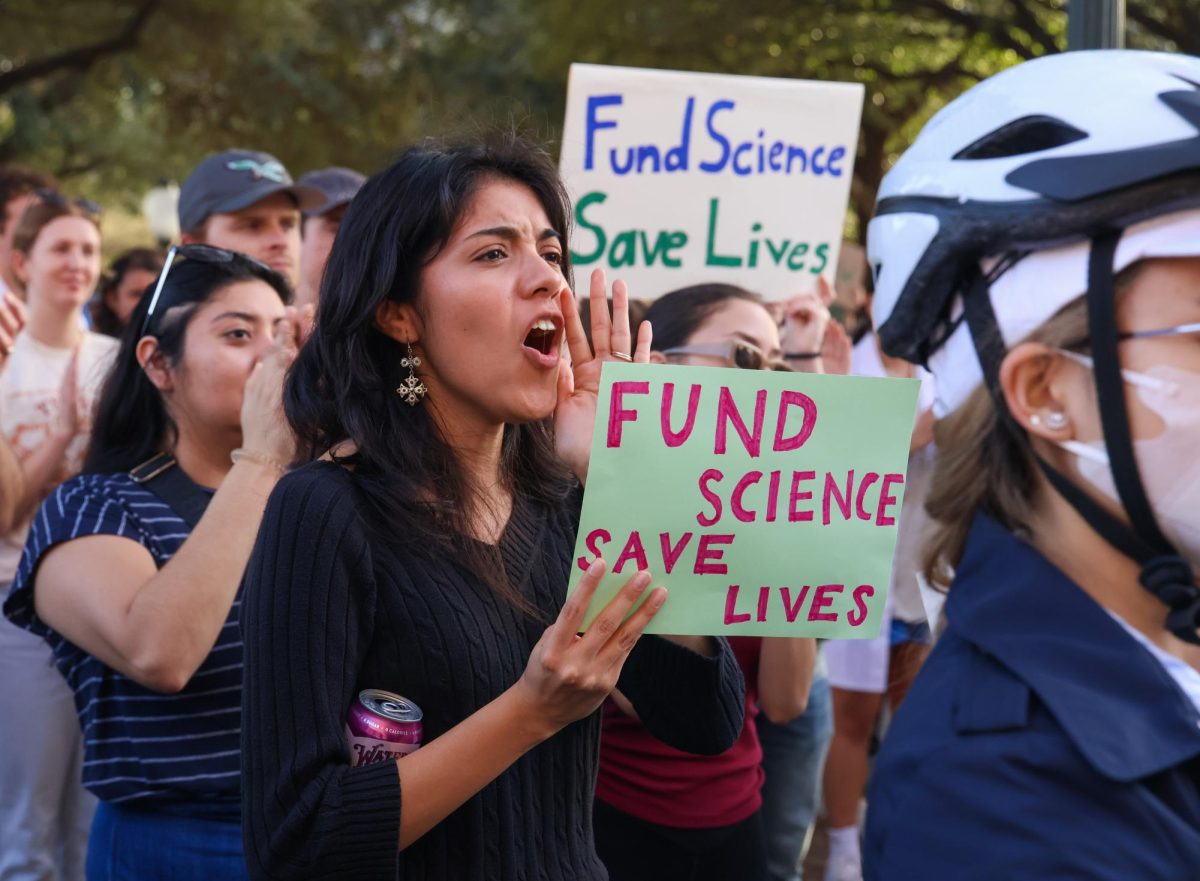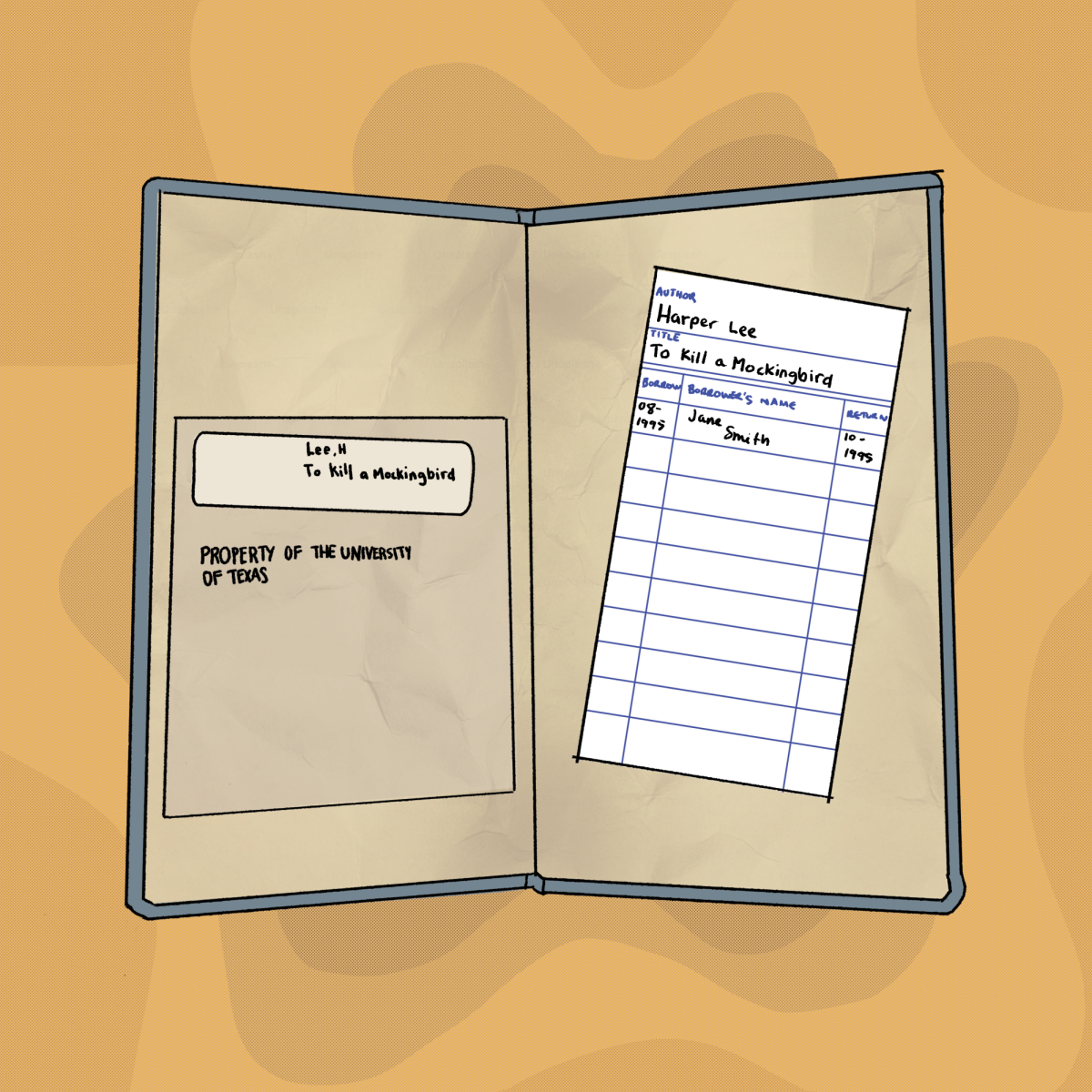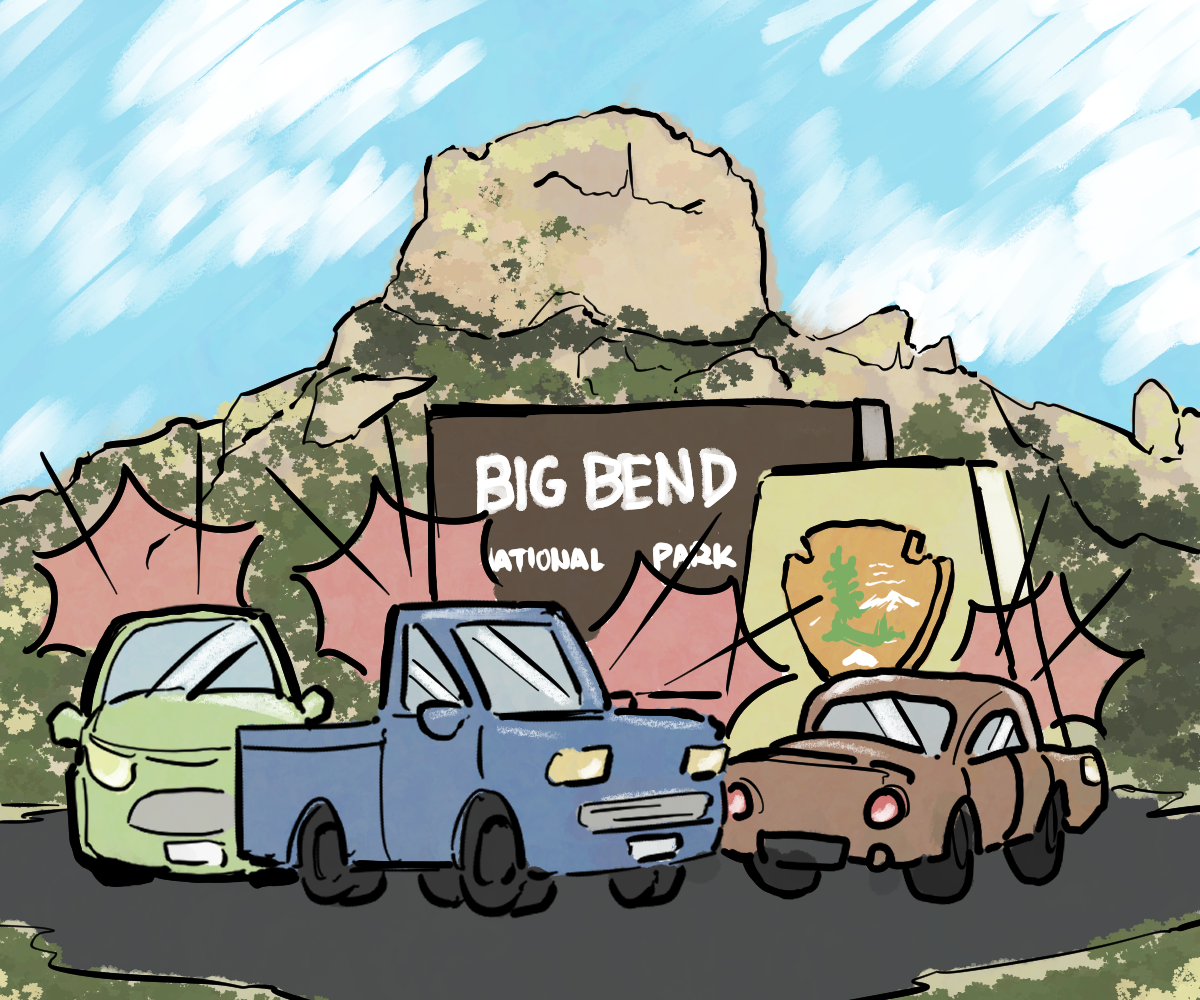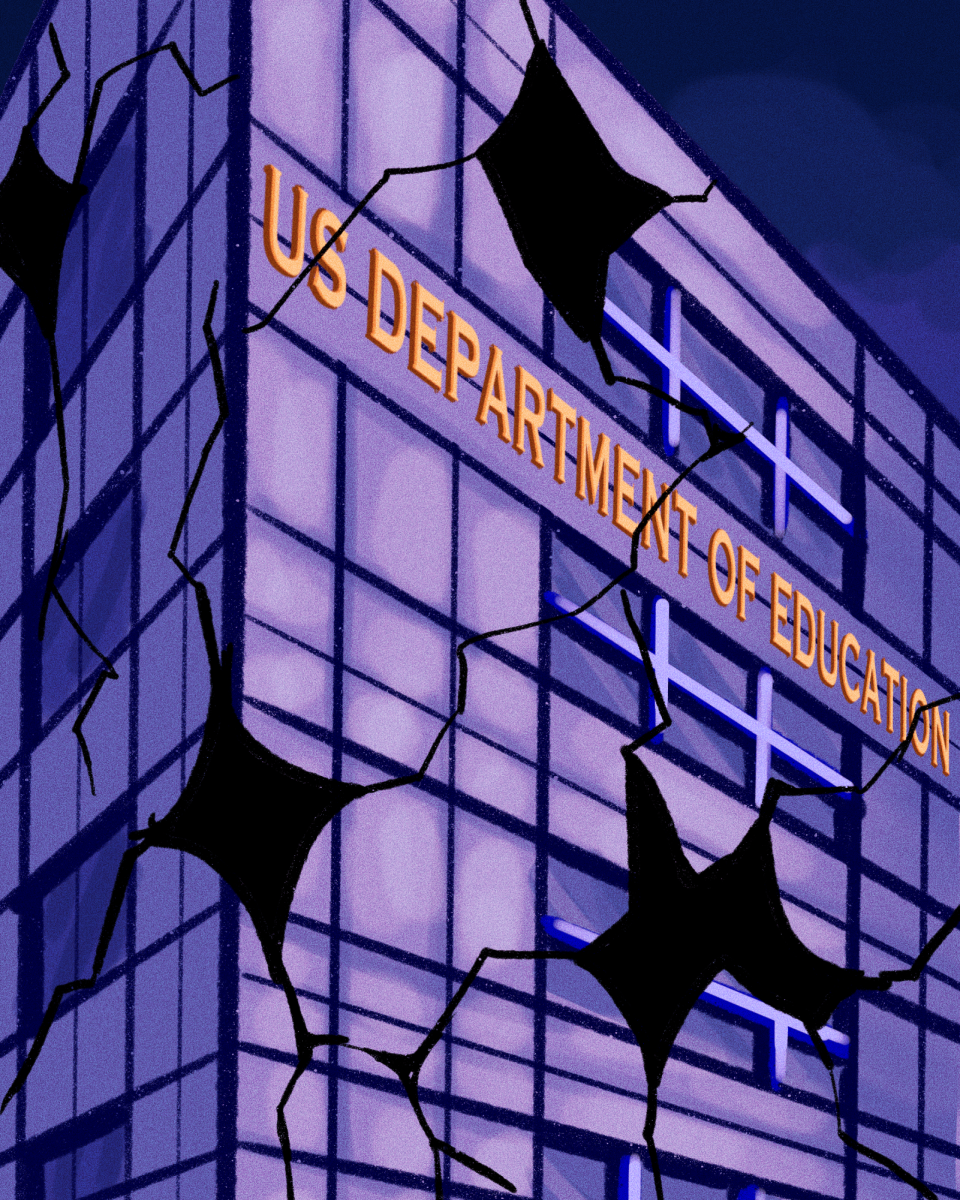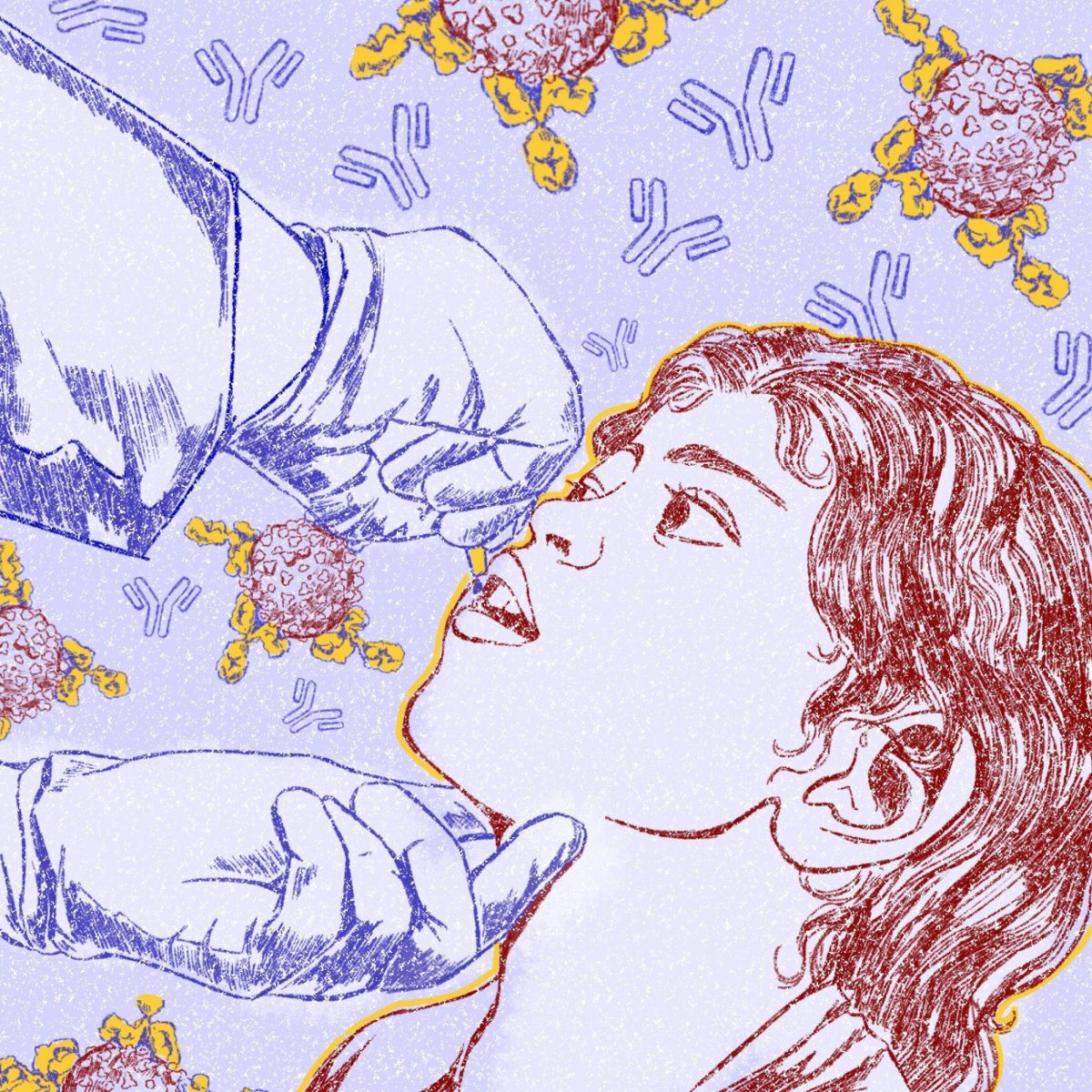The University is currently working on a plan to build a series of highway caps connecting its campus to the other side of Interstate 35 after the highway undergoes expansion. The city of Austin expects the Texas Department of Transportation to complete the expansion by 2032.
Highway caps are large, wide bridges that stitch together land otherwise split by the highway. Cities often build amenities on top of these caps, like the Klyde Warren Park in Dallas. Richard Mendoza, the director of the Austin Transportation and Public Works Department, said in an email that the city could put greenspace or buildings up to three stories high on top of the caps, but is considering many options.
“Once there is a firm idea of cap locations and costs, the city will engage the public about the specifics of what types of amenities Austinites would like to see on top,” Mendoza said.
Brent Stringfellow, the University’s associate vice president for campus operations, said the University is working with TxDOT to conduct a feasibility study for the project. He said the study will inform the University and its partners on the best use of the caps for UT and the surrounding community.
Stringfellow said the University has slowly spread east over time, and these caps could bridge a gap between the main part of campus and University property on the other side of I-35.
“We’re mindful of … the historic divide (I-35 created) between the neighborhoods,” Stringfellow said. “(We are) looking at how the cap could effectively pull some of those elements back together.”
The University is also taking into consideration which programs and campus activities are near the interstate, Stringfellow said. Graduate student housing on the east side of I-35, as well as the Moody Center and the new Dell Medical School hospital all play a role in the University’s future decision to build these caps.
For now, UT is coordinating with TxDOT and the city of Austin so that each entity is on the same page, Stringfellow said.
“We have regular recurring meetings with both groups,” Stringfellow said. “We are trying to understand when we would need to make decisions, what kind of information TxDOT would need from us if the caps were to go forward. We’re also keeping in touch with the city of Austin to understand how they’re approaching the project.”
Mendoza and Stringfellow could not provide cost estimates for their portions of the project. If constructed, the University will fund the cap that stretches from 15th to Dean Keeton streets, while the city will fund the other proposed caps.
“The experience of driving on the freeway would be altered, as portions of the freeway would have a ‘ceiling’ effect caused by the cap structure on top,” Mendoza said. “However, a key function of the cap and stitch project is to connect East and West Austin by providing enhanced and safe methods of traveling by bike or walking.”

